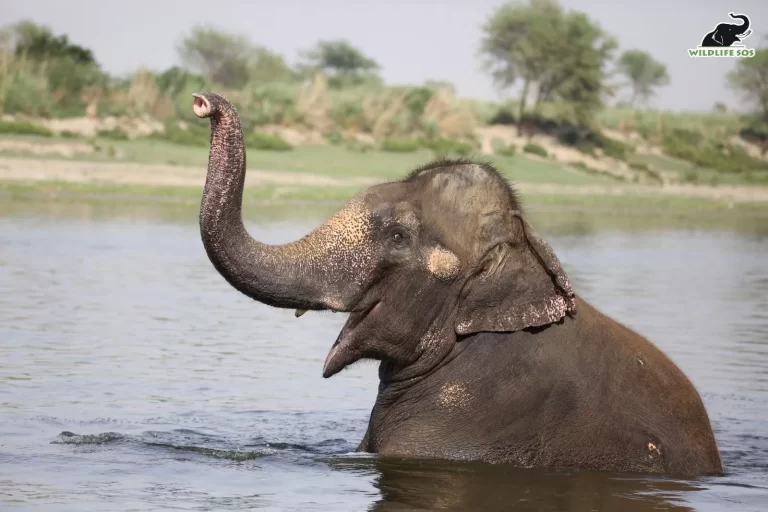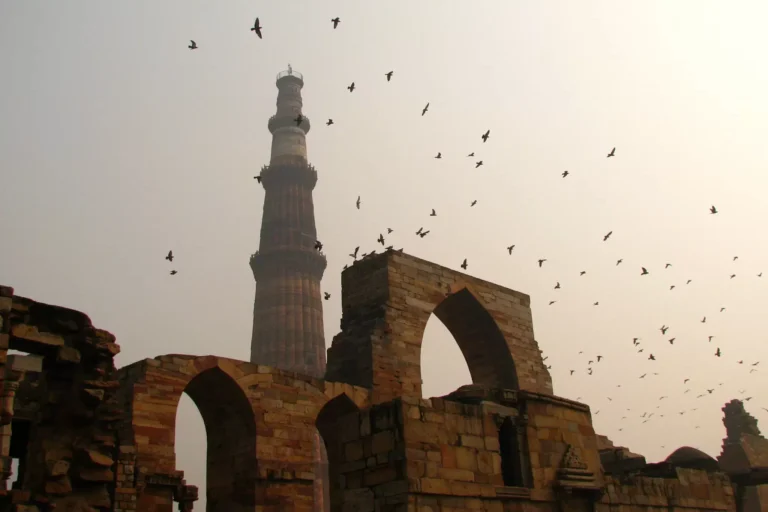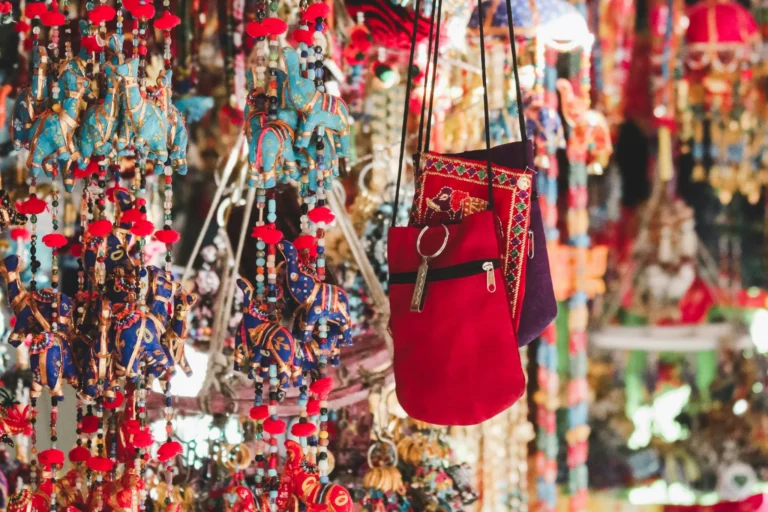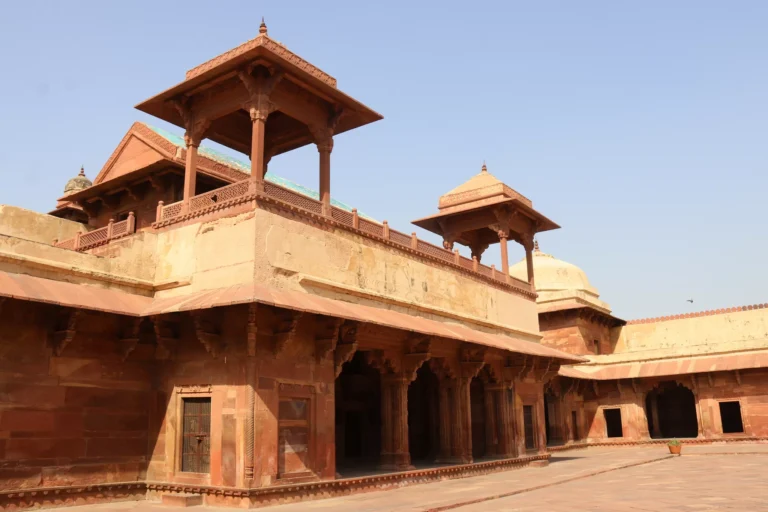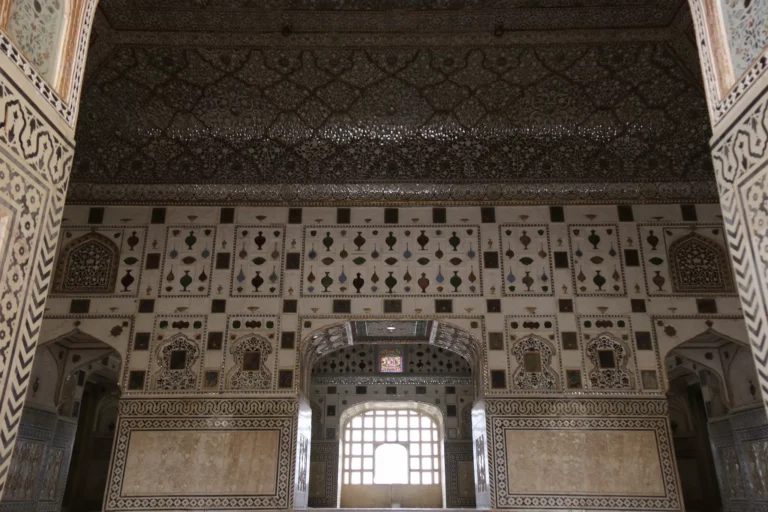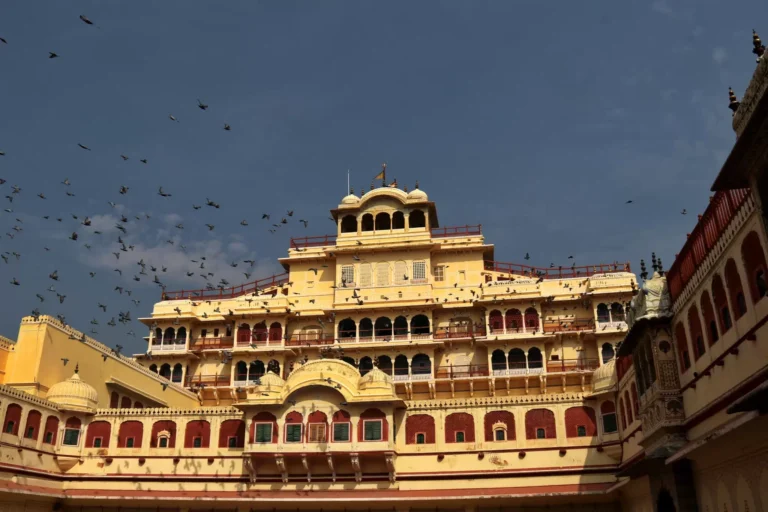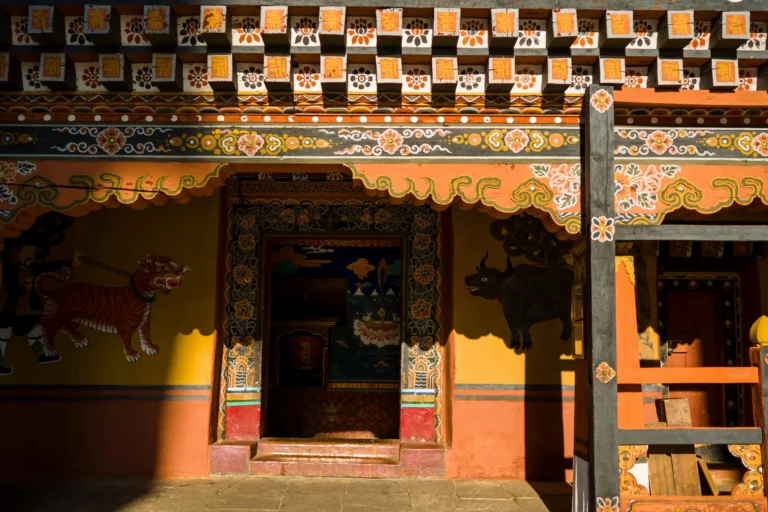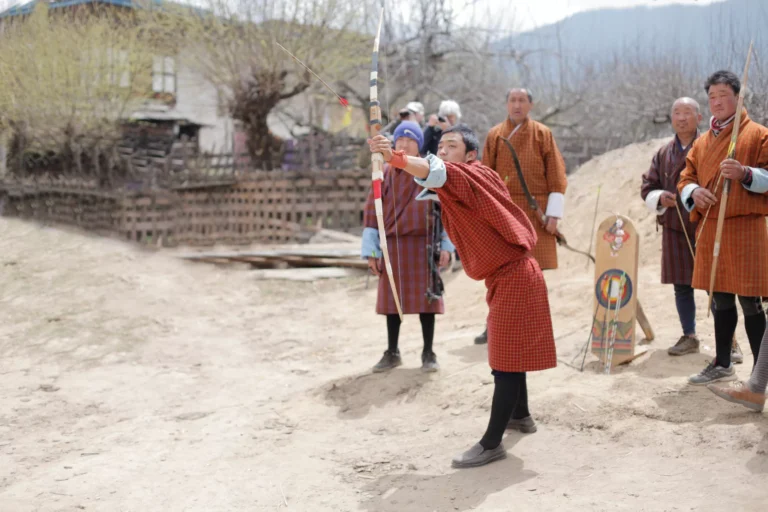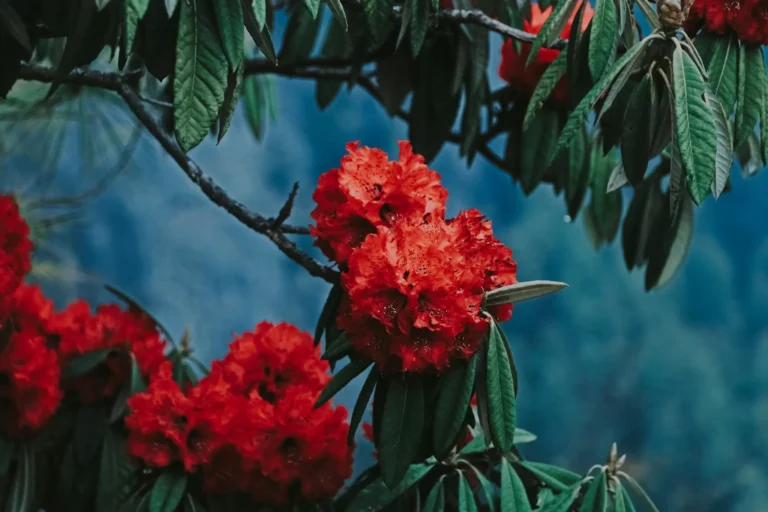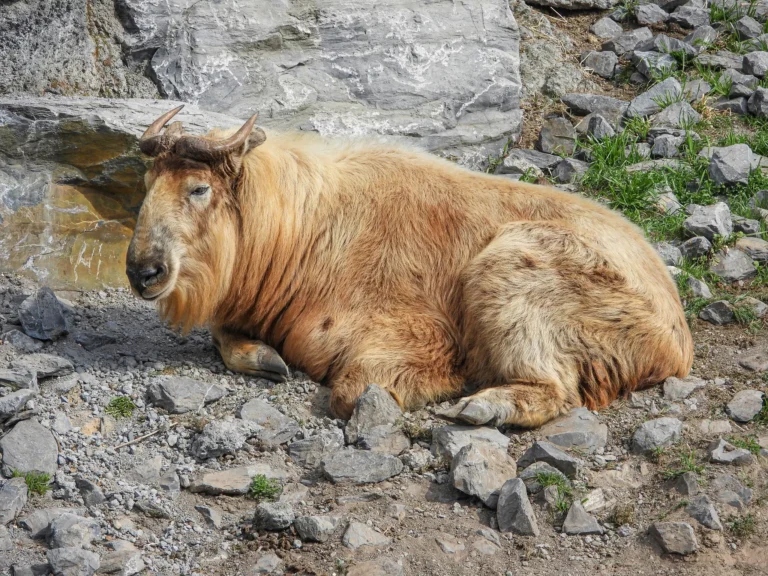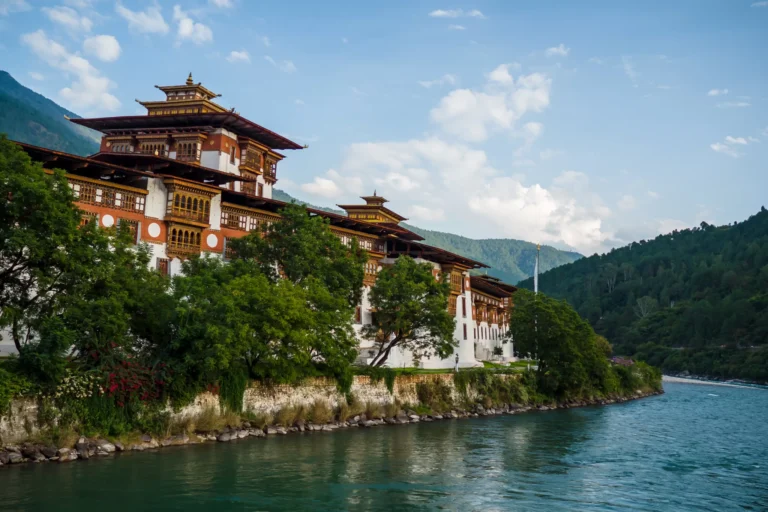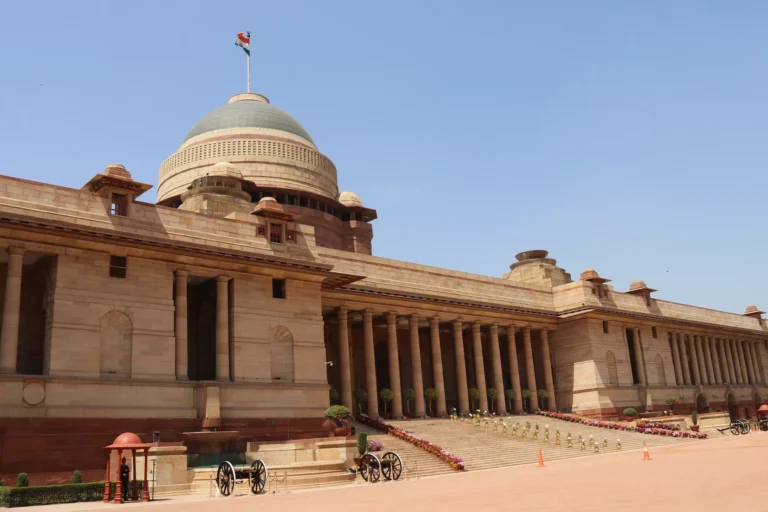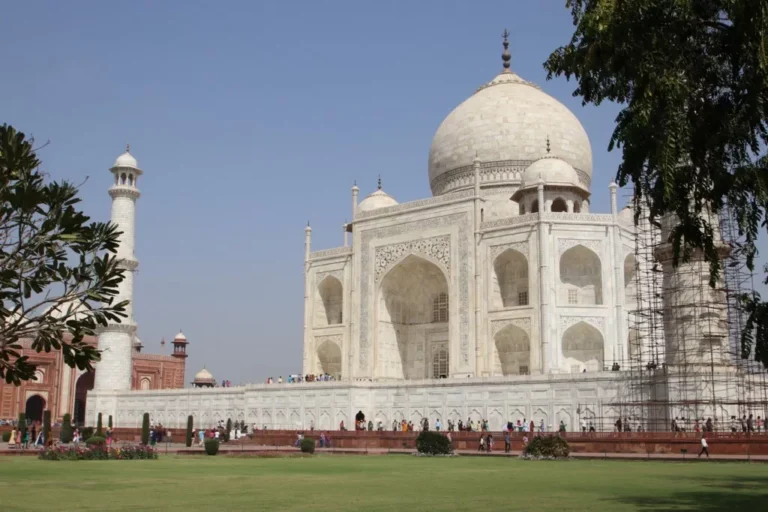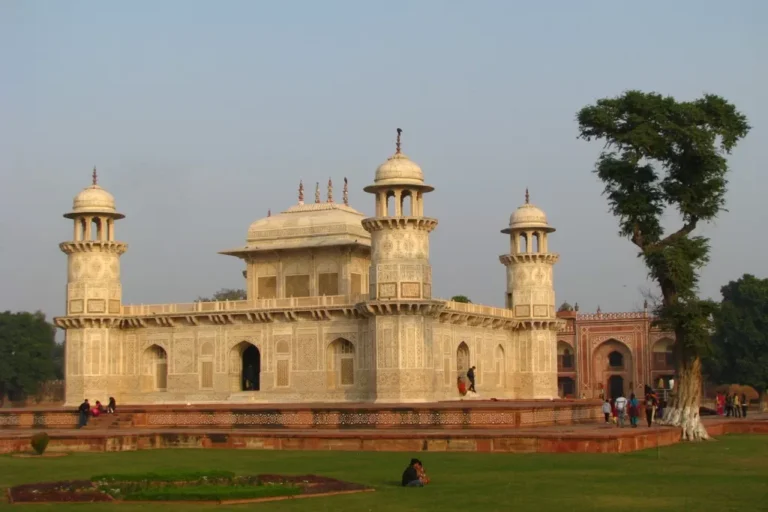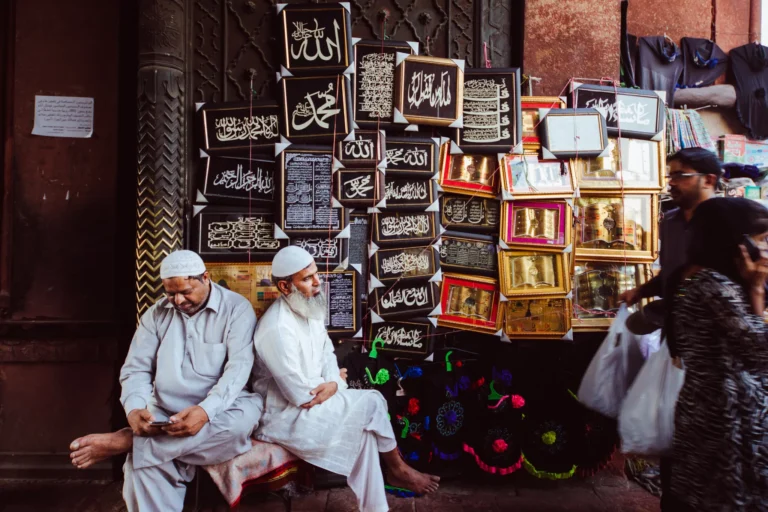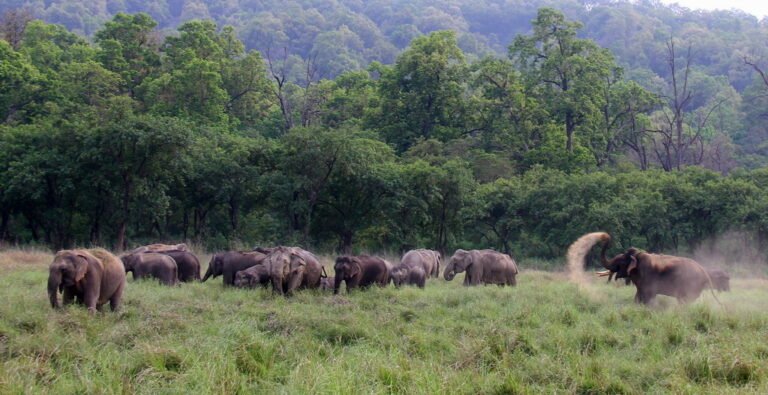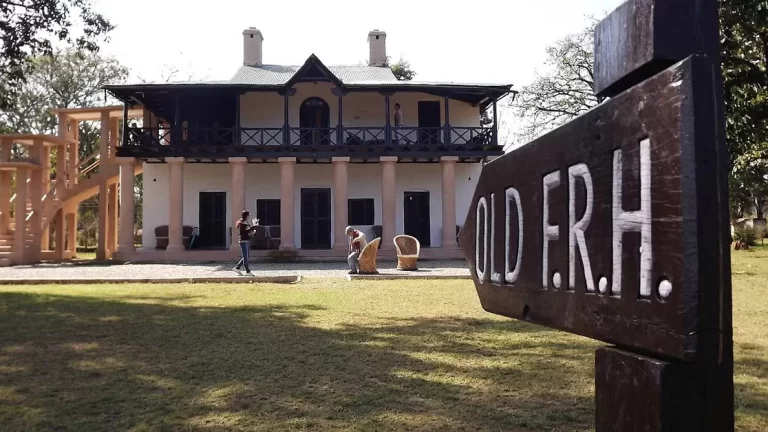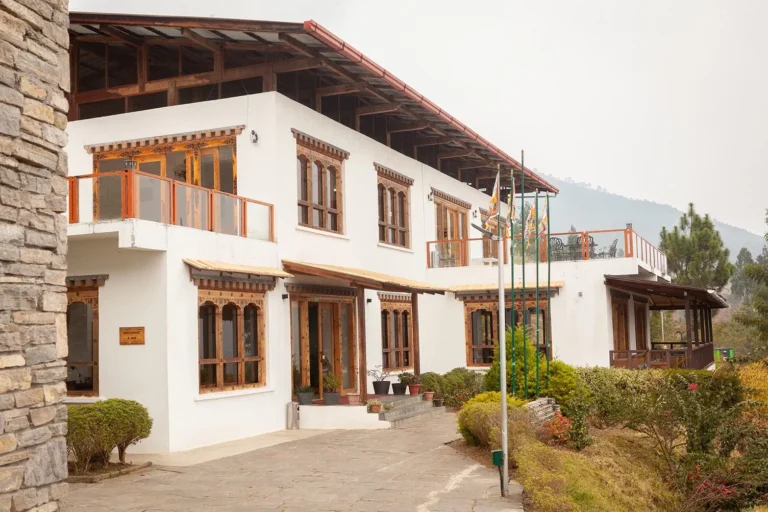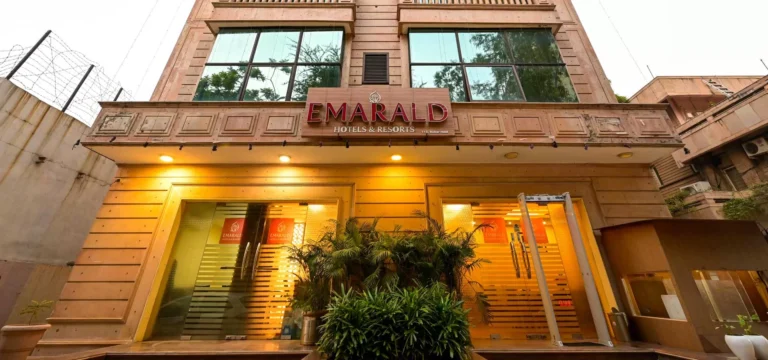DELHI – AGRA -JAIPUR – CORBETT NATIONAL PARK – BHUTAN
The great cities of the Golden Triangle stand witness to a long and tumultuous history, imprints of which remain in stone and in daily life. Discover the many layers of these cities, crucibles of north Indian art, craft, culture and cuisine. This grand tour visits several World Heritage sites, and special places off the beaten track. Explore bustling markets, taste authentic cuisines, watch colourful scenes of daily life and meet generational artisans preserving traditional crafts. Spot tigers in Corbett National Park, India’s oldest National Park.
On this responsible tour, you’ll meet courageous youth of the Salaam Balak trust in Delhi, empowered lady guides of the Pink Rickshaw in Jaipur and rescued elephants at Wildlife SOS. Your interactions will contribute directly to worthy causes. You’ll have a chance to travel green on Indian Railways.
After your Indian holiday, fly into Bhutan, where the snow-capped mountains, verdant valleys, dense jungles and crystal-clear rivers seem perfectly suited to its calming ancient Buddhist culture.
You’ll visit the major historical and religious sites in Paro, Thimphu and Punakha; watch the dawn break over the High Himalayas; hike to the top, or perhaps ride a mule to the iconic Tiger’s Nest (Taktsang) monastery and visit the Buddha point to enjoy a bird’s eye view of the Thimphu valley.
You’ll stay in special places, handpicked to ensure your holiday is memorable in every way.

